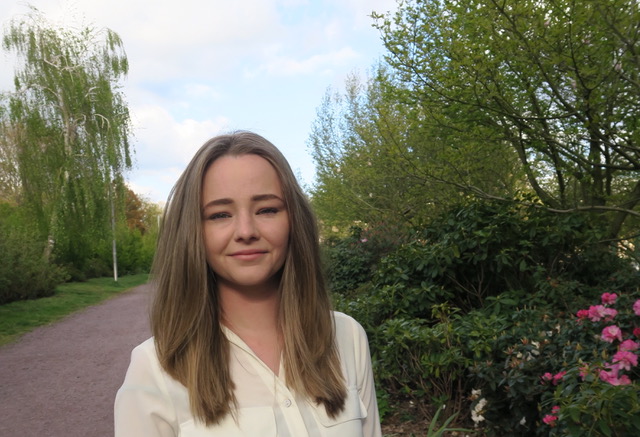As psychoanalysis fell out of fashion in the mid-1980s, psychoanalysts retreated with it. Their theories remained largely inaccessible to anyone unwilling to dedicate thousands of hours and money to the work. Then, as critical thinking became more and more crucial, psychoanalysis did not do enough to confront its problematic underpinnings (castration, penis envy, Oedipal attachments, you know the ones). Admittedly, once you read enough Freud, you realise how remarkably queer and progressive his work is (he was the first to speak of a sexual spectrum), but again, you need to dedicate hours to this stuff to get there.
So, with these thoughts in mind, what exactly is psychoanalysis, and what place does it hold in our modern world? While this question cannot be answered in a few hundred words nor am I qualified to assume such a position of knowledge, I’ll attempt an ‘intro’.
What is psychoanalysis?
Above all else, psychoanalysis is a ‘theory of the mind’ which posits that we each have a decisive and dynamic part of our subjectivity that is unknown to us (unconscious). Being inaccessible, we access it through slips of the tongue, symptoms, dreams, behaviours we keep seeming to repeat but don’t know why, and coincidences that feel almost constructed (e.g. ‘forgetting’ your laptop just before a big presentation). This unconscious, while malleable and forming throughout our lives, holds within it numerous ‘leftovers’ from our earliest years, which guide our interpretation of ourselves, our lives and our identity. These elements of ourselves are hidden from view because they are confrontational to our concept of ourselves. That is, no one wants to think they are as selfish and manipulative as they are lovely and kind. In fact, we cannot think we are – we wouldn’t be able to survive as the social creatures we are without that kind of split in our psyche. So, most of what ‘lurks beneath’ comes from our earliest years precisely because those years were the most challenging to our concept of ourselves (i.e. before we had learnt how to be the civilised creatures we are today).
Neuroscience has long ‘shown’ the existence of that very unconscious, with many arguing that Freud was ‘on the money’ about that one. That idea – that we each have an unconscious which lives and breathes – is the crux of the psychoanalytic method. The ‘rest’ are various attempts to map out how that unconscious operates. For Freud, the Oedipal Complex was one way of speaking to that operation. In contrast, Lacan argued that the unconscious operates much more like a language. Numerous others have argued in other ways, which is why there are also so many different schools of psychoanalytic thought; each one adopts a different perspective on the structure of the unconscious.
The symptom as cure
So, psychoanalysis works on a fundamental assumption: I have an unconscious, and it exists in a tense relationship with the conscious part of myself. With that in mind, one of the fundamental differences between psychoanalysis and other schools of thought is the idea that a symptom is a cure. In other words, your symptom formed in an attempt to resolve an underlying conflict. Therapy, then, involves figuring out what the symptom ‘cured’. Or, in other words, what is your unconscious trying to tell you?
For instance, imagine someone is struggling with a phobia of public spaces. The psychoanalytic response is to try and trace out what interpretation has attached itself to the experience of being in a public space. In other words, what internal conflict has been ‘resolved’ by being afraid of public spaces? To figure that out, one would need to know what meaning does the public hold for them. How is it different to a private space? What is a space? How do they take up space? On and on the work will go on, untangling knots that will typically take years. That ‘untangling’ is found less in the answers but in the repetitions, the slips, the transference; each of these tools which provide access to what the unconscious is trying to express in the individual’s conscious fear. Perhaps the individual has spent their whole life thinking they want to be a public servant like their parent. A sudden terror of public spaces could be a way of articulating their fear about that wish – or a fear about not actually having that wish. Or perhaps the individual longs to be the centre of attention but feels deeply conflicted about that wish, so it comes out in ‘terror’ in those moments where they could seek out that attention. The underlying conflict will be as unique to the individual as their fingerprint and could be anything at all. The crux lies in not trying to ‘remove’ the symptom but in understanding its unconscious function.
No right or wrong
While this might sound exhausting and confrontational, it is also radically compassionate and creative. In seeing the symptom as a cure, psychoanalysis frees itself of the ideals and morals that can saturate mental health care. There is no good or bad, no broken or miswired brain. Of course, there is suffering, and psychoanalysis works to try and help clients alleviate that suffering. However, it does so by asking us to look at those parts of ourselves that seem so strange and abnormal as a means of expressing something about who we are and what lies within us.
Finally, I remind the reader that war is not raging because of chemical imbalances, and climate change does not result from mistakes in someone’s habit formation. We are living through difficult times, and if we are to reckon with what it means to be a human being today, it is more important than ever to consider the psychoanalytic (and anxiety-inducing) thought that we are not as aware of ourselves as we would like to think we are.
Written by Molly Fitz
